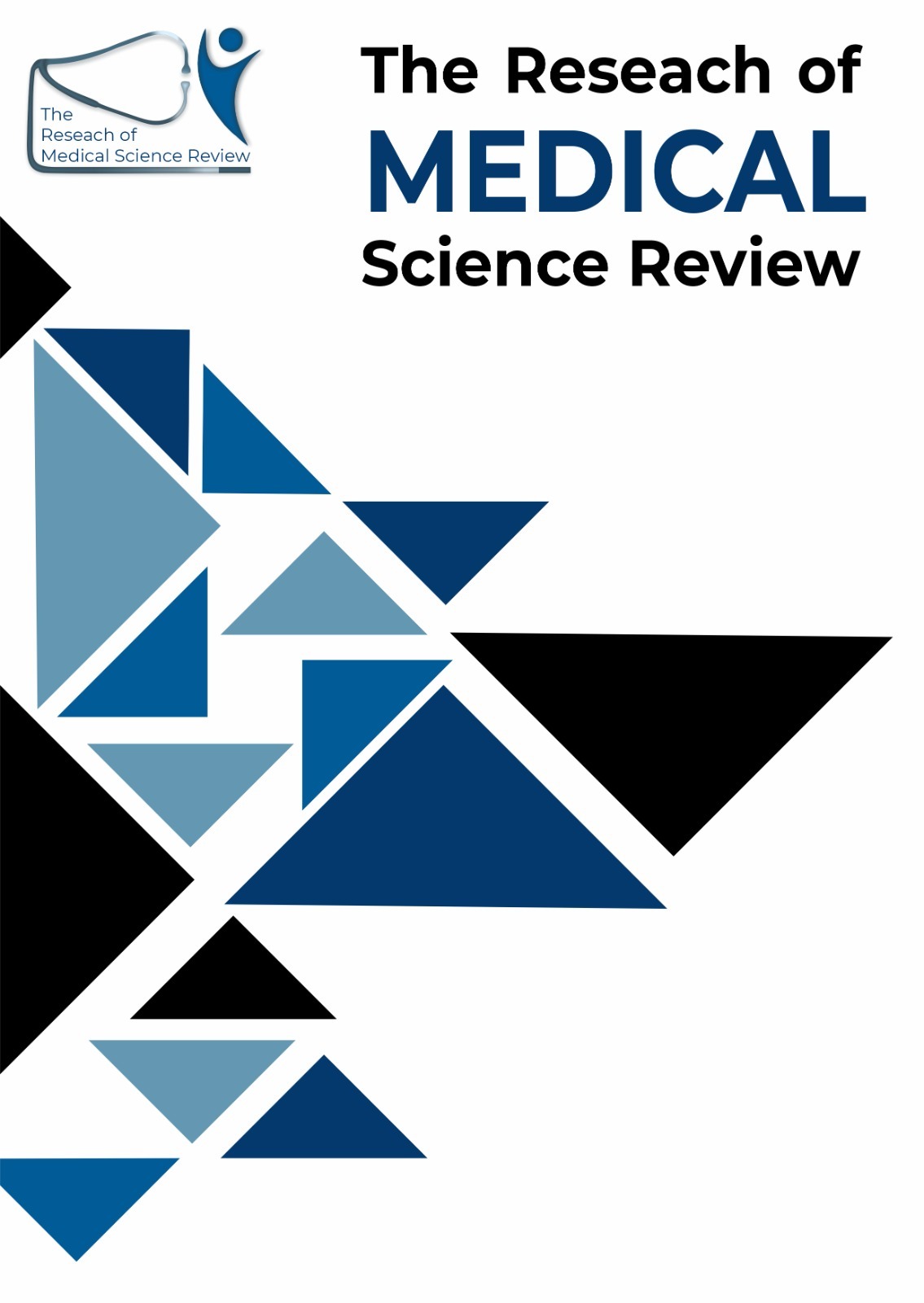EPIDEMIOLOGICAL STUDY ON MALARIA PREVALENCE AND SPECIES DISTRIBUTION IN THE HUMAN POPULATION OF DISTRICT MARDAN, KHYBER PAKHTUNKHWA, PAKISTAN
Keywords:
Malaria, Plasmodium vivax, Plasmodium falciparum, prevalence, epidemiology, socioeconomic factors, Khyber Pakhtunkhwa, PakistanAbstract
Malaria, caused by Plasmodium parasites, is a major public health concern in many countries, including Pakistan, where Plasmodium vivax and Plasmodium falciparum are the most common species. The purpose of this study was to determine the prevalence of malaria among the population of District Mardan, Khyber Pakhtunkhwa, Pakistan. A descriptive epidemiological research was undertaken from May to November 2022, involving blood sample analysis from 147,342 individuals at DHQ Hospital and MMC Mardan. The investigation focused on variables such as species identification, gender, age, tehsil, and socioeconomic status.
Methods: All samples underwent microscopic examination to identify specific Plasmodium genotypes. Prevalence rates were calculated, and data were analyzed to discern patterns in malaria infection.
Results: Malaria was detected in 3,886 samples, representing a prevalence rate of 2.63% among the total analyzed. A peak incidence was observed in September with 814 cases (20.94%), while the lowest recorded incidence was in May, with 296 cases (7.61%). Notably, P. vivax was identified in 3,612 samples (92.94%), surpassing the prevalence of falciparum. Gender analysis revealed a higher infection rate among males 2,063 cases (53%) compared to females 1,823 cases, (47%). The age distribution indicated that the lowest infection rate occurred in the 0-4 year age group 255 cases, (6.5%), whereas the highest prevalence was observed in individuals aged 15 years and older 2,872 cases, (73.90%). Tehsil-specific analysis showed that malaria prevalence was highest in Tehsil Mardan 1,302 cases, (33.50%) and lower in Tehsil Katlang 722 cases, (18.57%). Furthermore, socioeconomic status significantly influenced infection rates, with 2,248 cases (57.84%) reported among individuals living in poverty, compared to 575 cases (14.79%) among wealthier individuals.
Conclusion: The findings underscore the ongoing challenge of malaria in District Mardan, particularly among vulnerable populations. The high prevalence of P. vivax, coupled with socioeconomic disparities, highlights the need for targeted malaria control interventions and further research to inform public health strategies in the region.
Downloads
Downloads
Published
Issue
Section
License

This work is licensed under a Creative Commons Attribution-NonCommercial-NoDerivatives 4.0 International License.














